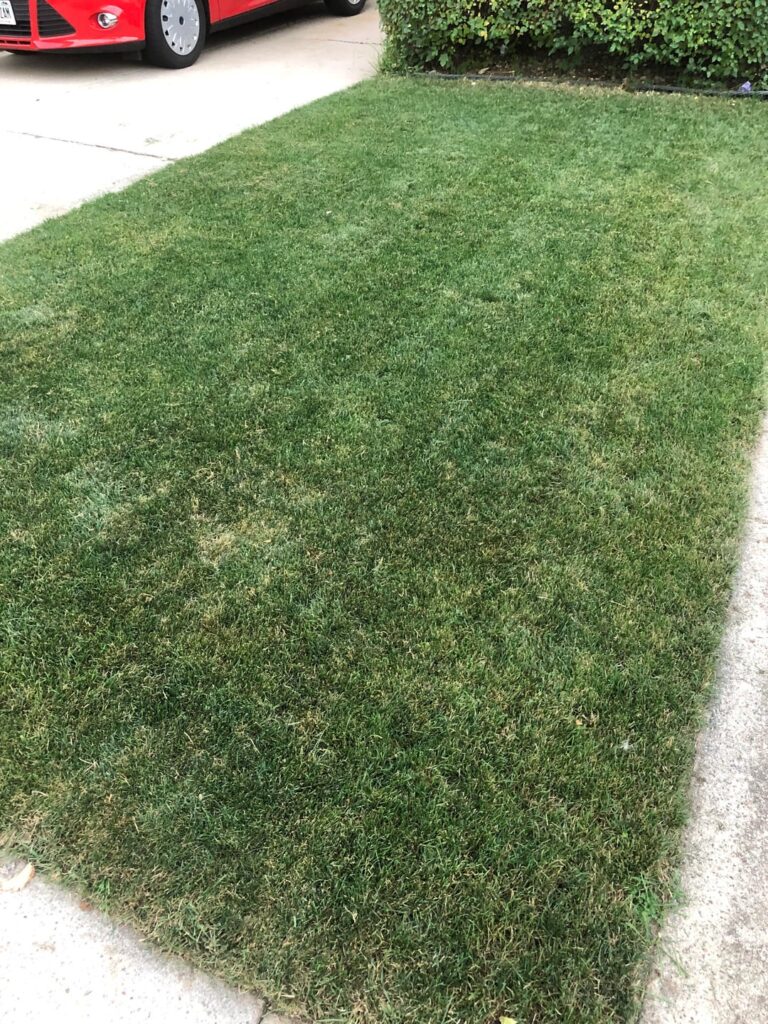

(Zone 5a) After a rough winter killing a lot of my lawn, and a brutal summer of heat, humidity, and fungus, I decided to do a few experiments to dial in what I need to do next year. First pic is the part of my lawn that arguably looked the best. I core aerated it, but didn’t top dress anything. The second pic is the other side that got the same aeration, but also a layer of compost (also overseeded, no germination yet)
Though not flawlessly scientific, the grass in the second picture has greened up a ton. Granted, it also gets water 2-3 times a day, though I have been watering the other section in the mornings.
This post doesn’t give a clear answer, but apparently I need to focus on improving my soil, as well as dialing in my watering routine. I think that is where I am falling short.
by Much-Tomorrow-896


2 Comments
The grass is greener where you water it. Prob a combo of watering and feeding your soil
If you are on a remotely recently development lot, your “soil” is likely fill with a thin coating of loam. Yes, compost for these sorts of lawns absolutely is king. It buffers pH, improves nutrient availability, and introduces microorganisms that reduce pest pressure, and improves moisture retention. But that’s not because compost is amazing, it’s because contractors save a ton of money by spending nothing on soil and just plopping some sod down to get a thick green lawn that lasts just long enough to sell the property. Organic matter matters. If you’re on a recently developed lawn it has almost none, so compost will give a huge boost. If you’re on an old property that has decades or even centuries of organic matter in it, compost isn’t going to do jack.